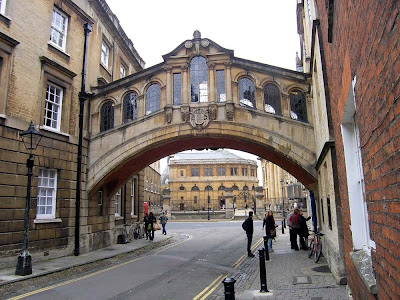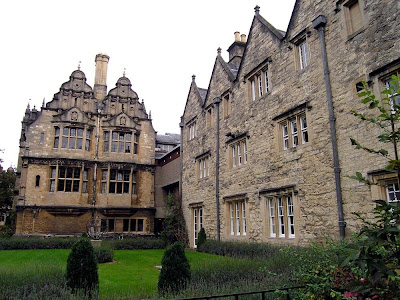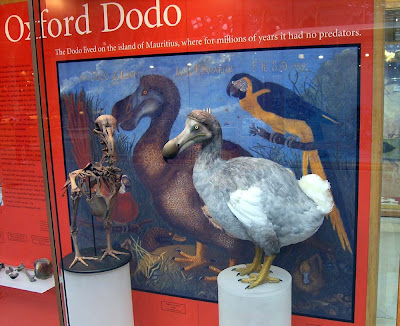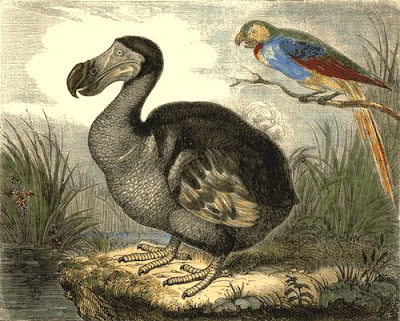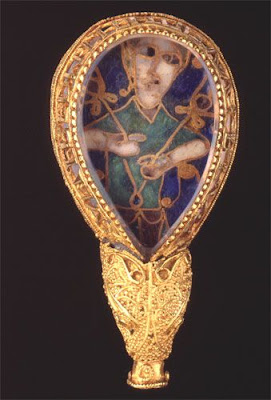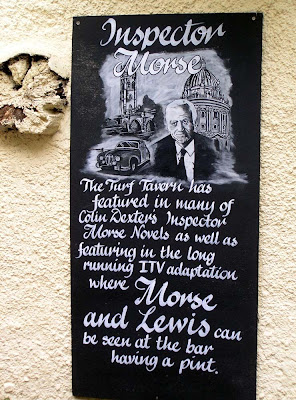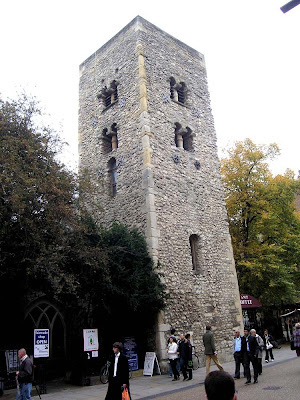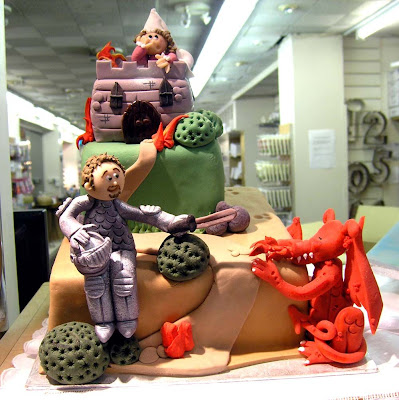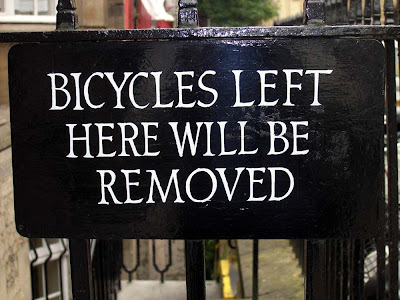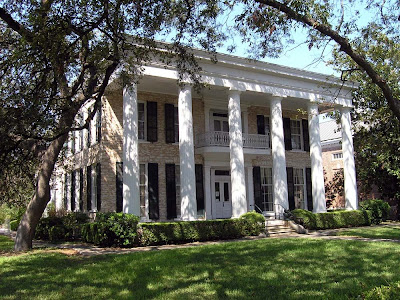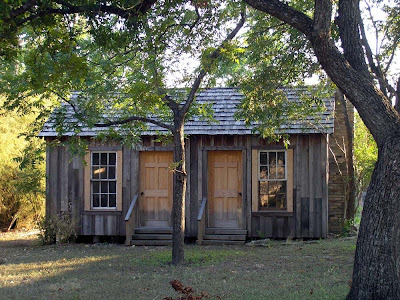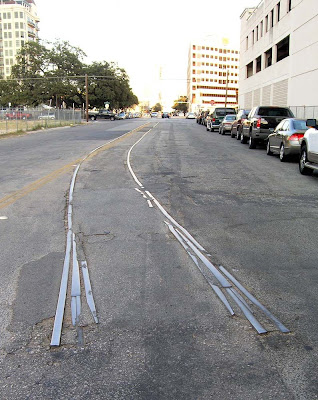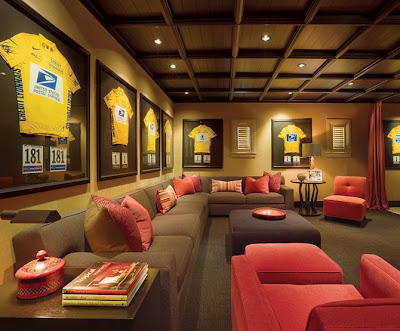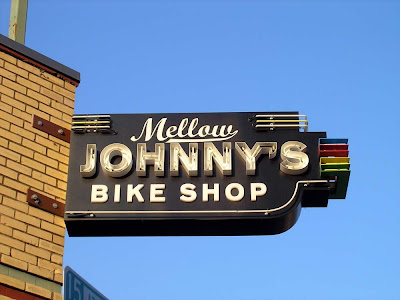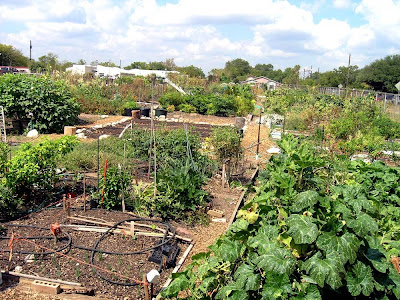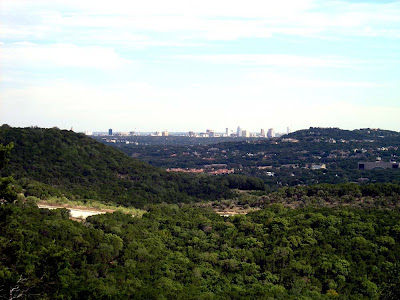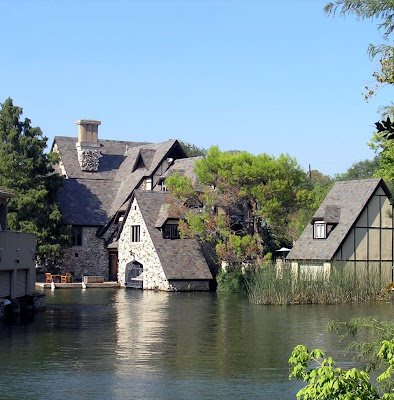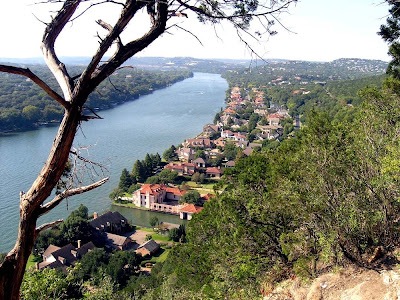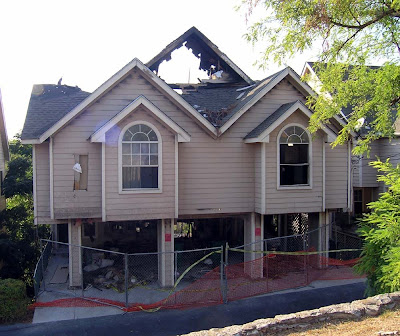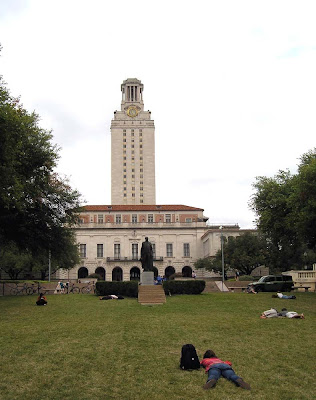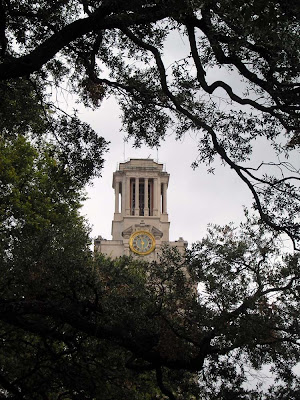So now we have been in Austin for two months ….. perhaps a modest retrospective is in order.
Austin never had a building boom that resulted in such massive demolition as was witnessed in Houston. Thus one can still see fine old mansions such as the Bremond House (1886):
Or the Greek Revival Neill-Cochran House (1855), designed by the same entrepreneur who built the Governor’s Mansion, recently the target of a presumably-deranged arsonist:
The oldest building still
extant is the 1841 French Legation, established as a diplomatic base when Texas was still an independent republic:
This view from the Legation to the State Capitol is “legally protected”; though I would think that enforcement is somewhat problematic:
On a more modest scale, it’s remarkable that the Haskell House (circa 1875) house has survived, built by former Pease plantation slave Peter Tucker and lived in by his descendents till the 1970s. It is the last home in the Clarksville neighbourhood built in this style, with its two front doors:
The downtown is undoubtedly impressive for its old buildings but not for its new creations except, perhaps, for the ethereal Frost Bank Tower, the first high-rise building to be constructed in the U.S. after the 9/11 attacks.
Other odd links to the past that have survived include the 600 year old Treaty Oak, now a shadow of its former self after the tree was deliberately poisoned with a powerful herbicide in 1989:
Although arborists expected the tree to die, the Oak survived but almost two-thirds of the tree was destroyed and more than half of its crown had to be pruned.
When driving around inner suburbs of Austin, you can just stumble across upon other remarkable survivors such as the 1840s Moore-Hancock farmstead:
And no one has yet bothered to tear up all the streetcar tracks.
They were put in between 1891 and 1910 as part of the Austin Street Railway system. Between 1910-1919 the tracks then became part of a terminus of the Houston and Texas Central Railroad. All of the other streetcar tracks were removed in the 1940s when the city went to an all-bus system.
Of course, the name Lance Armstrong has become rather synonymous with Austin tho’ it was his water bill that recently captured the news. 222,900 gallons of water consumed at his house in one month at a cost of $1,630. How green is that? But in any case, I suppose the colour normally associated with him is yellow. This is a room in his house (the only pic on this posting not taken by me):
And of course he now has an Austin bike shop:
The store’s name is a play on words using the name of the yellow jersey worn in the Tour de France, the Maillot Jaune.
Not all cycling-related issues are as trivial. This memorial is on 6th Street:
The Ghost Bike phenomenon has its origins in St Louis in 2003 where a man saw an SUV hit a woman in a cycle lane. Later he placed a white bike at the scene with a notice saying: 'Cyclist struck here.' Passing it each day, he was impressed by the effect his installation seemed to have on drivers; they were slowing down, taking notice. Now the Ghost Bike campaign of memorializing has surfaced in more than 50 cities around the world.
Austin is a center for the environmentally-conscious and self-sufficiency as witnessed by this huge and quite delightful public garden (“allotments” in England):
Less environmentally sensitive perhaps, is the Austinite’s propensity for coffee houses though it admittedly does produce some uncommonly good cappuccino, a very rare phenomenon in the U.S. and a welcome change from the frothy garbage produced by that well known company from the Pacific Northwest.
Even the grand newer houses maintain the eclectic nature of the City, whether it be monastery-like castles in the Hill Country:
With its mandatory view of the downtown:
Or one on, or actually in, Town Lake:
Austin’s physical setting is gorgeous with the hills and the river, aka lake:
Though the steep canyons result in only a few roads that cross them and consequently gridlock on those that do.
We currently lead a quiet life without too much melodrama. However, the other night we were out in the pub and could not take the direct route home due to city police street cordons. It turned out the reason was a significant fire in a condo/duplex.
Why is this of interest you might ask? Because this was on our final short-list of places to rent. Torched !!!!
Much of the youthful culture of the city mirrors that of The University of Texas and its more than 48,000 students. The 307 ft Tower is seen from miles around. Sadly, for the older generation is it also a reminder of the day in 1966 when Charles Whitman fired from the top for 96 minutes, killing fourteen people and injuring dozens more. The Tower afforded Whitman an unassailable vantage point from which he could select and dispatch his unfortunate victims.
But rather than end on such a sad note, let’s remember that most today with two legs or four just love this city and everything it has to offer.


 And on Friday, Sharon and I will be bussed to Springfield, Missouri for five days to campaign in one of the five remaining swing states. Ten-hour overnight bus journeys and days of pounding the sidewalks will certainly not be any picnic but we can consider ourselves truly part of this democratic process and, perhaps, privileged to be a small part of history in the making.
And on Friday, Sharon and I will be bussed to Springfield, Missouri for five days to campaign in one of the five remaining swing states. Ten-hour overnight bus journeys and days of pounding the sidewalks will certainly not be any picnic but we can consider ourselves truly part of this democratic process and, perhaps, privileged to be a small part of history in the making. Watch this space to see how we get on !!!!
Watch this space to see how we get on !!!!




